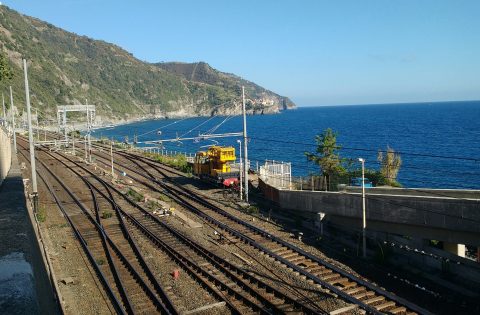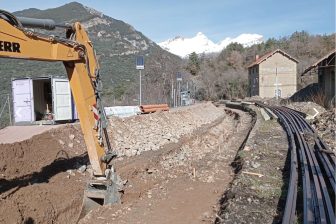
Italy sets out 500 million tender for ERTMS in 5 regions
Source: Inge
Italy’s railway manager RFI will roll out ERTMS on 3,400 kilometres of railway network by 2026, and published a tender for this. Italy has included the infrastructure upgrade in their plans for Covid-19 recovery funds from the EU. 3 billion euros is earmarked for installing ERTMS.
Want to read more?
You have read all of your free premium articles for this month. Please become a subscriber to keep reading.
Subscribe now!
Take advantage of our exclusive offer to get full access to all premium content.



